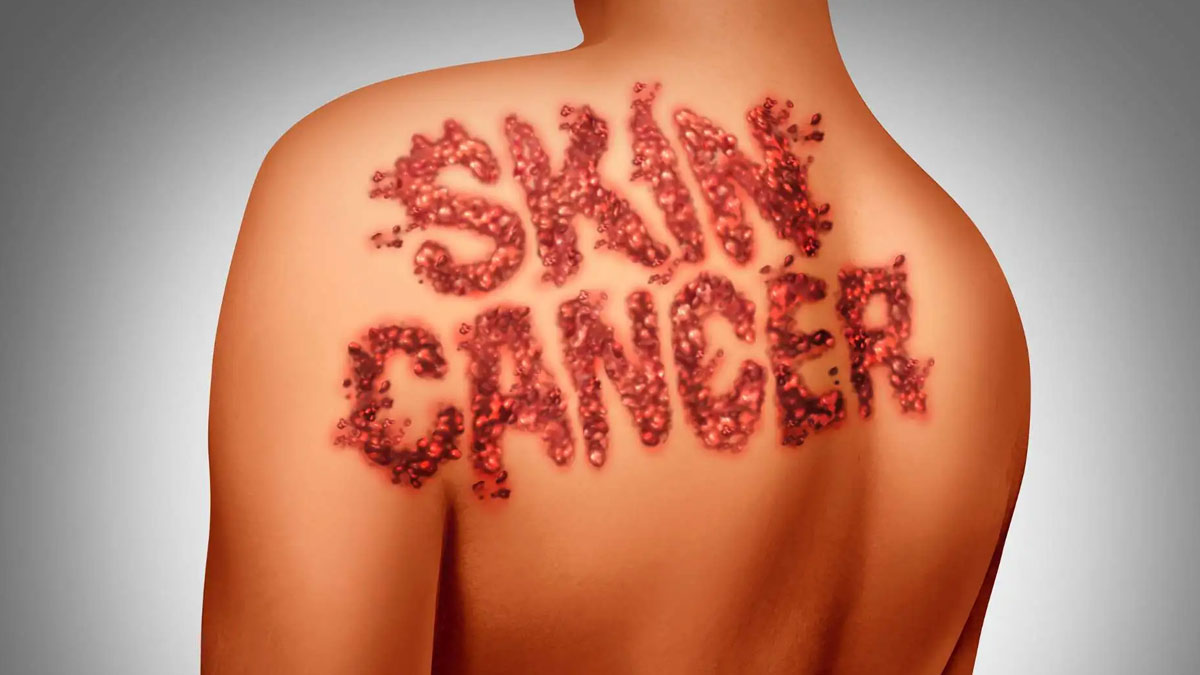
A recent study has brought encouraging news regarding skin cancer trends in Sweden, particularly among younger adults. Conducted by a research team led by Hildur Helgadottir, a senior consultant and associate professor of oncology at the Karolinska Institutet, the study indicates a noteworthy decline in the risk of malignant melanoma, or skin cancer, for individuals under the age of 50. This change, which became evident around 2015, signals a potential shift in the battle against one of the most serious forms of skin cancer.
Table of Content:-
Incidence and Mortality Trends: Younger Adults Show Improvement
The study analysed data from the Swedish Melanoma Registry, focusing on patterns in skin cancer cases across various age groups. The findings showed a continued rise in melanoma cases among individuals over 50; however, a significant decline in new cases was observed among the younger population starting around 2015. This marks the first time a European country has reported a decrease in melanoma incidence in young adults, making Sweden a unique case in the fight against skin cancer.
Regarding mortality rates, the study uncovered positive trends for individuals up to the age of 59, where the death rates from melanoma have been decreasing. Unfortunately, this downward trend in mortality does not extend to those over 60, who still face rising incidences of melanoma. Helgadottir suggests that the reduction in deaths among younger individuals is due to both fewer new cases and improvements in oncological treatments that have greatly enhanced survival rates for patients diagnosed with melanoma.

Factors Contributing to the Decline
Although the study did not delve into specific reasons for the decline, it suggests several hypotheses that may explain the decreasing melanoma rates among younger Swedes.
Sun Safety Campaigns
One of the most significant contributing factors could be Sweden’s national “Sun Safe” campaign launched in the 1990s. This public health initiative focused on educating children and their families about the importance of protecting their skin from harmful UV rays. By encouraging the use of sunscreen, wearing protective clothing, and avoiding excessive sun exposure, these campaigns may have reduced the risk of melanoma developing in young adults two decades later. This long-term effect of increased sun safety awareness seems to be paying off.
Also Read: Late Sleepers Face Higher Type-2 Diabetes Risk Regardless Of Lifestyle Factors: Study
Reduced Use of Sunbeds
Another potential reason for the decline could be Sweden's increased regulation of sunbed use. In 2018, the country introduced an age restriction for accessing sunbeds, a move aimed at limiting exposure to artificial UV radiation, which has long been linked to an increased risk of skin cancer. Prior to this regulation, public access to sunbeds had already been curtailed, which likely contributed to lower melanoma rates among younger adults who had less opportunity to use them.
Shifting Lifestyles and Indoor Activities
Over the past few decades, the way people spend their leisure time has shifted. With the rise of technology, particularly mobile phones and computers, younger generations are spending more time indoors. This trend towards more indoor activities has resulted in less exposure to natural sunlight, reducing the risk of harmful UV radiation that can contribute to skin cancer development.
Impact of Immigration
Another factor the study hints at is the demographic changes in Sweden. Increased immigration from countries where individuals have darker skin pigmentation, which provides more natural protection against UV damage, may have contributed to an overall reduction in melanoma incidence rates. While this is just a potential factor, it could be part of the broader picture in understanding the trends.
What Lies Ahead: Continuing Efforts in Skin Cancer Prevention
Despite the promising trends among younger adults, the study underscores the importance of maintaining and enhancing efforts to protect against skin cancer. Helgadottir stresses the need to continue promoting sun protection practices, particularly during the warmer months, from April to September, when the sun’s rays can be particularly strong. She highlights the importance of remaining cautious about sun exposure, even during periods of unusually warm weather.
Also Read: Study Shows Increased Alcohol Consumption Directly Raises Dementia Risk
Moreover, while younger adults are benefiting from reduced melanoma rates, the study suggests that more work needs to be done to address the high incidence of skin cancer among older adults. Ongoing public health initiatives focusing on awareness, prevention, and early detection could play a crucial role in reversing the rising melanoma trends in this demographic as well.
Bottomline: A Glimmer of Hope in the Fight Against Skin Cancer
The decline in skin cancer rates among younger adults in Sweden offers hope and demonstrates the positive impact that public health campaigns, lifestyle changes, and preventive measures can have. While the battle against melanoma is far from over—particularly for older adults—the study's findings offer a glimmer of hope and point to the importance of continued vigilance in sun safety practices. By encouraging responsible sun exposure and further advancing skin cancer treatments, there is potential for even greater progress in reducing melanoma rates across all age groups.
Also watch this video
How we keep this article up to date:
We work with experts and keep a close eye on the latest in health and wellness. Whenever there is a new research or helpful information, we update our articles with accurate and useful advice.
Current Version